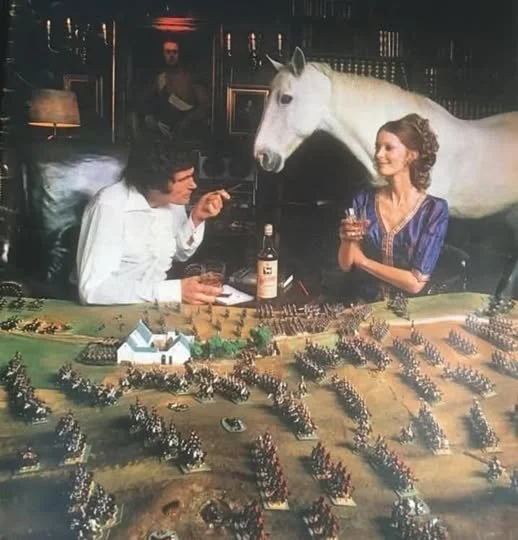Bulking Out The Ancient British Panzer Division
/Updating all my Vis Bellica-based armies for To The Strongest means doubling the size of all my forces, or at least it does the way that I’m doing it. Vis Bellica has element bases that are (for 15mm figures) 6cm wide, so when I switched systems, it seemed obvious to use two VB elements to represent one TTS unit using the recommended 15cm TTS grid. That also means that I can show disorder in TTS merely by moving the two elements apart at an angle i.e. no need for additional markers.
That’s fine for standard units, but we’ve already seen how TTS deep units (such as Hoplites, Pikes, some Warriors) need four VB bases per TTS unit…and the same is unfortunately true for light chariots as well. In VB, they are based on a 3cm frontage: so four VB light chariot units are needed to make one TTS light chariot unit.
That was fine for the Egyptians, as I already had loads of light chariots in a double-size VB army. It is not so fine, however, for my Ancient British. The VB version has six light chariot bases - just about the right number - but that only makes 1½ TTS light chariot bases. Time to paint lots of chariots!
Reading the TTS army lists, however, the Ancient British have light chariots up to AD211 and light cavalry after that, so the author recommends mixing light cavalry and light chariots in a TTS Ancient British light unit that can count as both. Good idea: time, then, to paint loads of light cavalry rather than light chariots!
Xyston have some very nice Ancient British Unarmoured Cavalry, so that’s what I went for: painting up six four-horse bases’ worth and, controversially, mounting them to match the chariots rather than the more normal four-across-6cm for light cavalry.
This means that the ABPD currently looks like this:
Which looks really good.
So all I need now is another two chariots and another eight cavalry to hit the minimum number of light chariot units required.
Oh, and if I wanted to keep my chariots together, here’s what a light cavalry unit would look like too:









